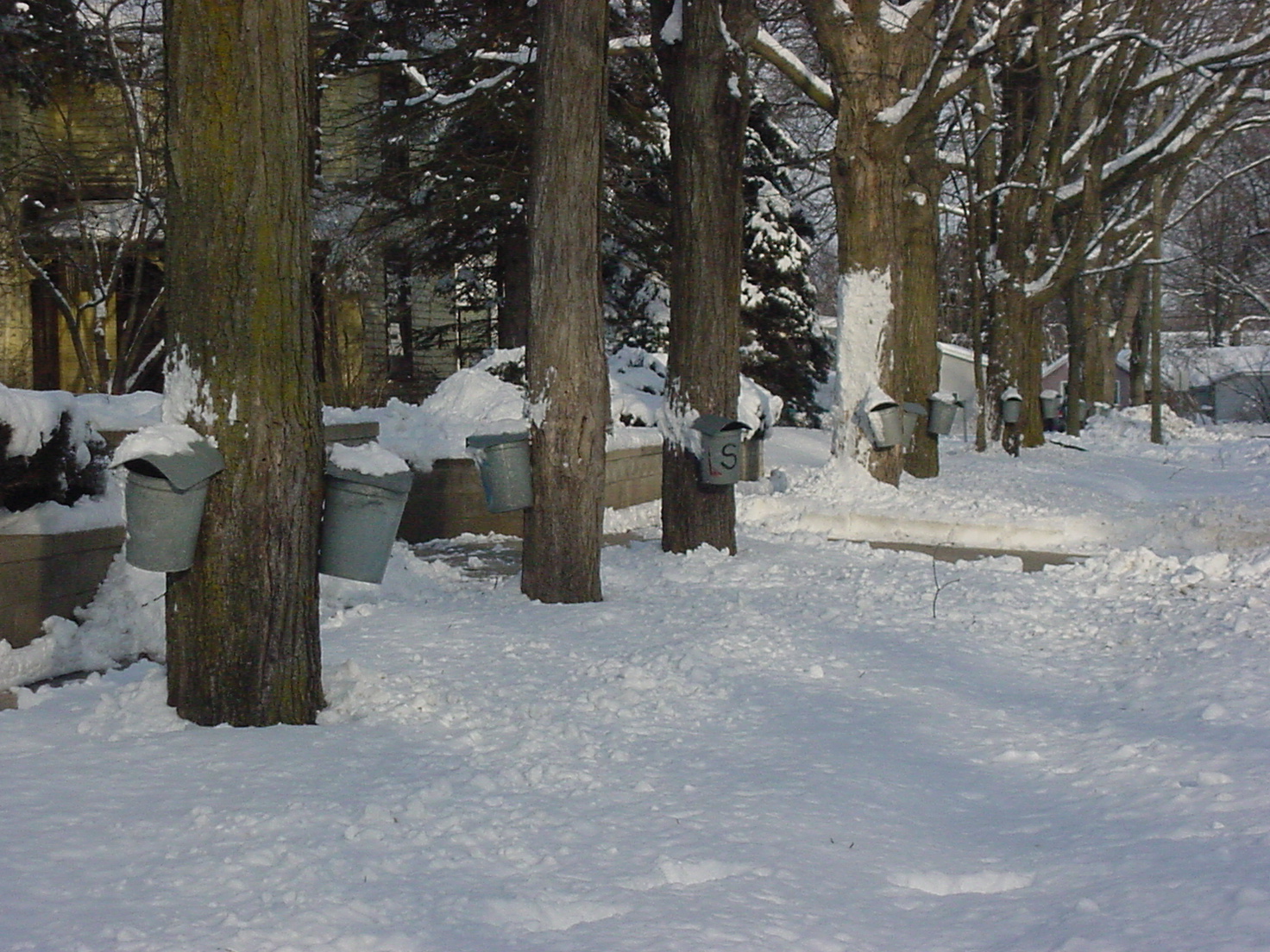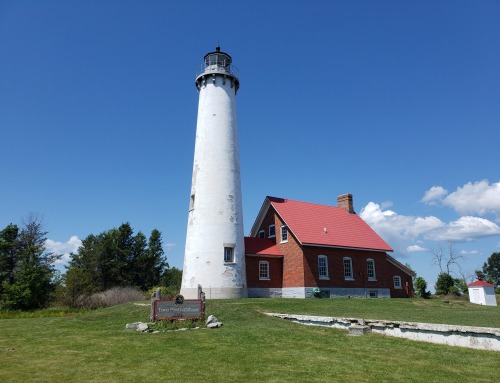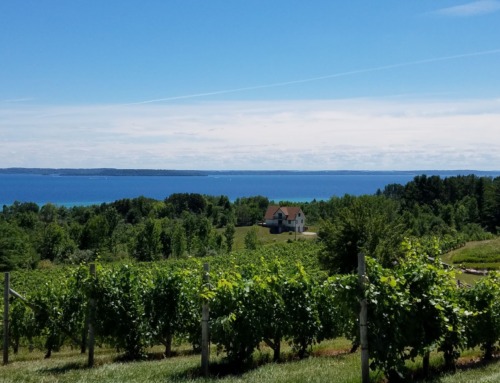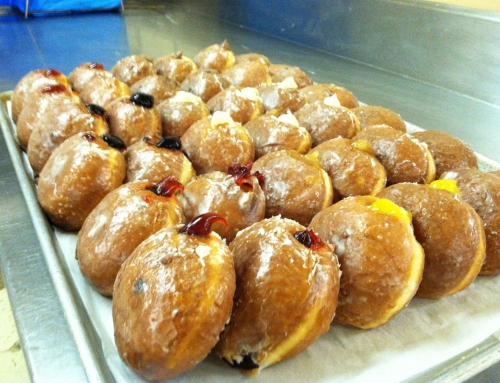Each spring, as the days get longer and the temperatures begin to rise, Michiganders head out into the woods to take part in the state’s oldest agricultural activity…tapping maple trees for sap to be turned into mouth-watering maple syrup, candies and other sweet treats. This year, 24 members of the Michigan Maple Syrup Association (spread out throughout Michigan’s two peninsulas) will participate in this year’s Annual Michigan Maple Syrup Weekends, running mid-March through early April.
Event Dates
- March 19-20: Southern Lower Peninsula (south of US10)
- March 26-27: Northern Lower Peninsula (north of US10)
- April 2-3: Upper Peninsula
What to Expect
The respective farms offer a variety of family-friendly activities that provide a chance for people to get a firsthand look at how maple sap is collected, boiled down and turned into sweet maple syrup and other maple treats. Many of the farms offer tours of their operation, including tree tapping demonstrations, samples of their products, recipes for the use of maple syrup and local maple syrup products available to purchase. Attendees are reminded to wear boots as mud and snow may still be abundant this time of the year. Even though many activities are outside, guests are asked to wear masks and remain socially distanced in order to maintain health and safety during the pandemic.
Michigan’s Maple Industry
In the spring, as the days get longer and the temperatures rise (thanks to more minutes and hours of sunshine), Michigan’s sugar maple trees begin to release “liquid gold” – the clear sap which is boiled down into sweet and delicious maple syrup. The process dates back to the early Native Americans, before Michigan ever became a state.
Today, Michigan ranks #5 in the nation for maple syrup production, with an economic impact of nearly $2.5 million annually. On average, Michigan produces about 90,000 gallons of syrup per year (it takes 40 gallons of sap to make one gallon of syrup, meaning more than 3.6 million gallons of sap is harvested). Maple sugaring also contributes to the overall $104 billion agricultural and $22 billion tourism industries here in Pure Michigan.
Tapping Those Sweet Sugar Maple Trees
Due to its high sugar content of approximately two percent, sugar maple is the preferred tree for tapping, although black maple, red maple, silver maple and ash leafed maple — each with a sugar content of about one percent — can also be tapped to produce syrup. Sugar maple is Michigan’s most common tree species and the northern hardwood forests in which they grow in abundance covers about five million acres. While some Canadian provinces and New England states are often recognized as leaders in the maple sugaring industry, Michigan itself has more than three times the number of sugar maples than Quebec or Vermont. That means the potential for growth is unlimited. Currently, Michigan utilizes less than one percent of its potential maple resources.
As with any agricultural crop, sap changes from farm to farm and region to region, depending on the soil content. The area’s climate and species of trees also play a role in this industry. Syrup flavor profiles change from region to region, even within the same state.
Food and Fun
Of course, there’s more than just syrup to be enjoyed. Producers of maple syrup are also making candy, ice cream and other sweet treats with their bounty. Even Michigan wineries, breweries and distilleries are crafting beverages with maple sap or syrup for special seasonal offerings.
Additional events of note later in the season include the Annual Vermontville Maple Syrup Festival (April 22-24) and 64th Annual Shepherd Maple Syrup Festival (April 21-24).







Leave A Comment
You must be logged in to post a comment.